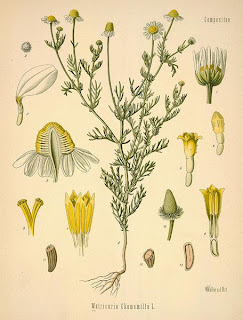 |
| Front Border and Walk. 2.18.15 |
 |
| Front Walk and Border. 2.18.15 |
So far, here is the front walk and border bed. I've been working on them for 6 months. The themes, if there are any -
-Most plants are usable for bee forage.
-Most plants were self-starts or transplants.
-Most plants are deer and rabbit resistant.
-Some edible plants are included, mainly herbs.
-Pavers are about 1/2 reused from various places, and 1/2 new. So that they don't look uneven, I've been randomly mixing old and new, and the new is a mix of grey, brick red, and brown pavers. Edging is also about 1/2 reused (grey) and 1/2 new (brick red).
Under the mulch is a layer of cardboard food packaging, to prevent perennial weeds from coming up through the wood chip mulch. It's working very well.
The plastic is there to kill the grass. It's much easier to smooth the soil and prep a base for pavers, when the sod has been killed by this method. It's slow - takes a few months. But no hurry.
 |
| Front Border. 2.19.15 |
 |
| Front Border. 12.18.15 |
By the house foundation, I will have a gravel walkway. That avoids plants from growing up to the siding, and reduces risk for carpenter ants and termites. It's been inspected - there are none. I want to keep it that way.
For bee forage -
Sedums, big bunches of large varieties.
Helelborus - new clumps.
Daffodils, many.
Chinese chives, many clumps.
Lavender.
Rosemary
Sage.
Oregano, multiple clumps
Chives.
Daylilies, multiple clumps.
Blue chip Buddleia.
Alliums - multiple
For kitchen herbs and kitchen garden -
Rhubarb - large established clump and one I rescued.
4
miniature sized apple trees, 3 are columnar.
Oregano, Rosemary, Sage
Chives, Chinese Chives
Multiplier onions
This list is far from complete. There are more varieties of bulbs including lilies and irises, Hyacinthoides and Leucojum and others. There are groundcover sedums, violets, a big lilac that came with the place, some roses, and some I have forgotten.
Once the rest of the mulch is down - not much remaining to fill in - the bed should be mostly low maintenance. The edging and walkways will cut weed invasion back to a minimum. The mulch will reduce water need. The edging will keep grass out. There is pretty good access via the walkways. The edging needs tidying, the walks need completion and leveling, and that's about all.
















































